As a passionate collector of 35mm slides, I've spent years acquiring a fascinating array of photographic history. Now, I'm embarking on an exciting journey to digitize this collection, preserving these moments for years to come. What makes this particular endeavour even more special is that with each purchase, the copyright was assigned to me, allowing me to share these hidden gems.
Sadly, one of the challenges with these collections is the often-limited information available. Many slides come with little more than a place name and sometimes a date, leaving much to the imagination. However, the mystery only adds to the allure, inviting us to piece together the stories behind the images.
Among them is this stunning shot, captured in the breath taking Brecon Beacons, Wales, in July 1974. Just imagine the scene: the rugged peaks, the sweeping valleys, all bathed in the summer light of nearly fifty years ago. While we might not know the exact story of the person behind the camera, the image itself speaks volumes about the enduring beauty of this Welsh landscape.
Take a step back in time with these two captivating images from July 1973, both captured at the stunning Farne Islands, Northumberland, England.
These snapshots perfectly encapsulate the bustling atmosphere as visitors gathered, either preparing to embark on a boat trip away from the islands or perhaps heading towards them – the exact destination remains a delightful mystery!
The Farne Islands, a cluster of islands off the Northumberland coast, have long been a haven for wildlife and a popular destination for nature lovers. It's fascinating to imagine the excitement and anticipation of those preparing for their island adventure over 50 years ago.
What do you think they were setting off to see? The famous puffins, seals, or perhaps the historic lighthouse?


Sometimes, a single image can transport you back in time, offering a window into how places once were. We recently came across a fascinating photograph that does just that, capturing the serene beauty of the Lake District almost 50 years ago.
The fourth image in our collection, dated October 1978, presents a breath taking aerial view of Buttermere and Crummock Water reservoirs. From this elevated perspective, you can truly appreciate the dramatic landscape of the Lake District, with the two bodies of water nestled amidst the fells.
It's incredible to see how much, or how little, some of these iconic natural spaces have changed over the decades. While the surrounding infrastructure and visitor numbers may have evolved, the core majesty of Buttermere and Crummock Water, as seen in this 1978 shot, remains timeless.
This photograph serves as a wonderful reminder of the enduring appeal of the Lake District and the power of historical images to connect us with the past.

Today, we stumbled upon a real gem in the archives – a photograph simply titled "Sussex Farm Dog." The image itself is striking, capturing a moment frozen in time from 1977.
But beyond that date and its evocative title, there's a beautiful mystery. We have no other information about this particular picture. Who was this dog? What was their name? What kind of life did they lead on that Sussex farm?
Looking at the photo, you can almost feel the sun on your face and smell the earth. Was this dog a working animal, diligently helping with the daily chores, or a beloved family pet, a loyal companion to a farmer or their children? Perhaps they were both. Their expression seems to hold a quiet dignity, a testament to a life lived close to the land.
This lack of information, rather than being a hindrance, actually sparks the imagination. It allows us to wonder, to create our own stories about this anonymous canine. The "Sussex Farm Dog" becomes more than just a picture; it becomes a symbol of rural life in England during the late 70s, and a reminder of the enduring bond between humans and their animal companions.
Clicking any image above should open a link in another window to my Colin Green Photography store on Zazzle.

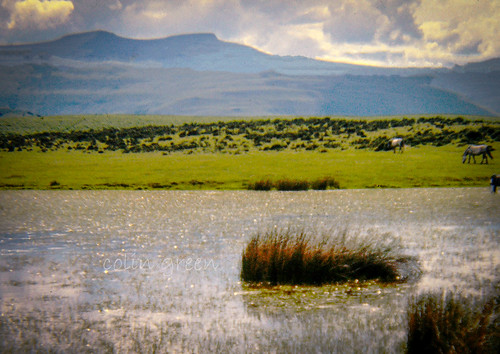




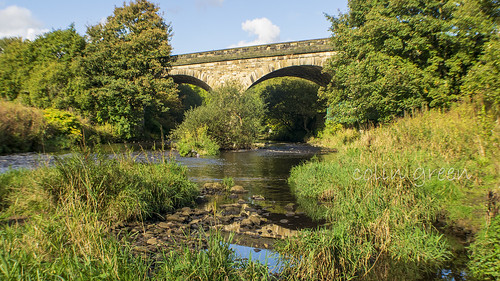
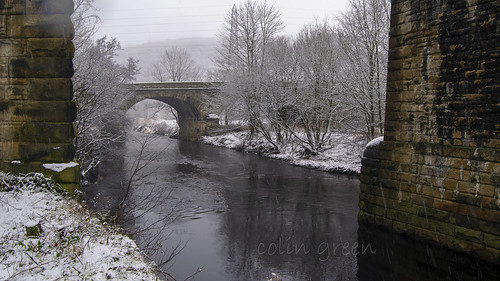



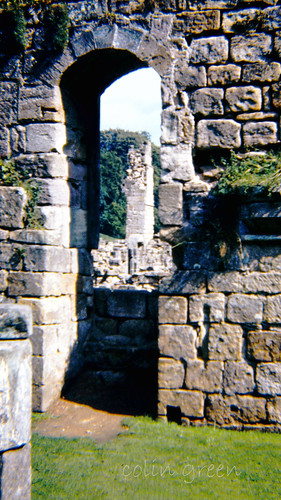
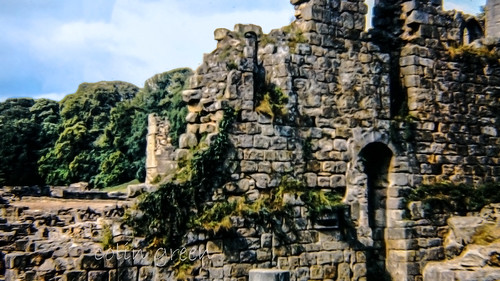


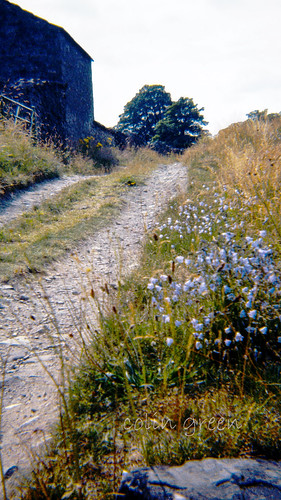






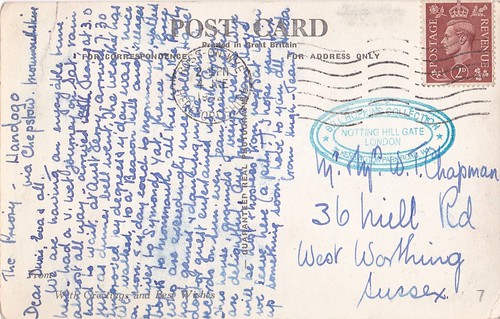






























%20Lebanon%20Bx5%202%20Blog.jpg)

